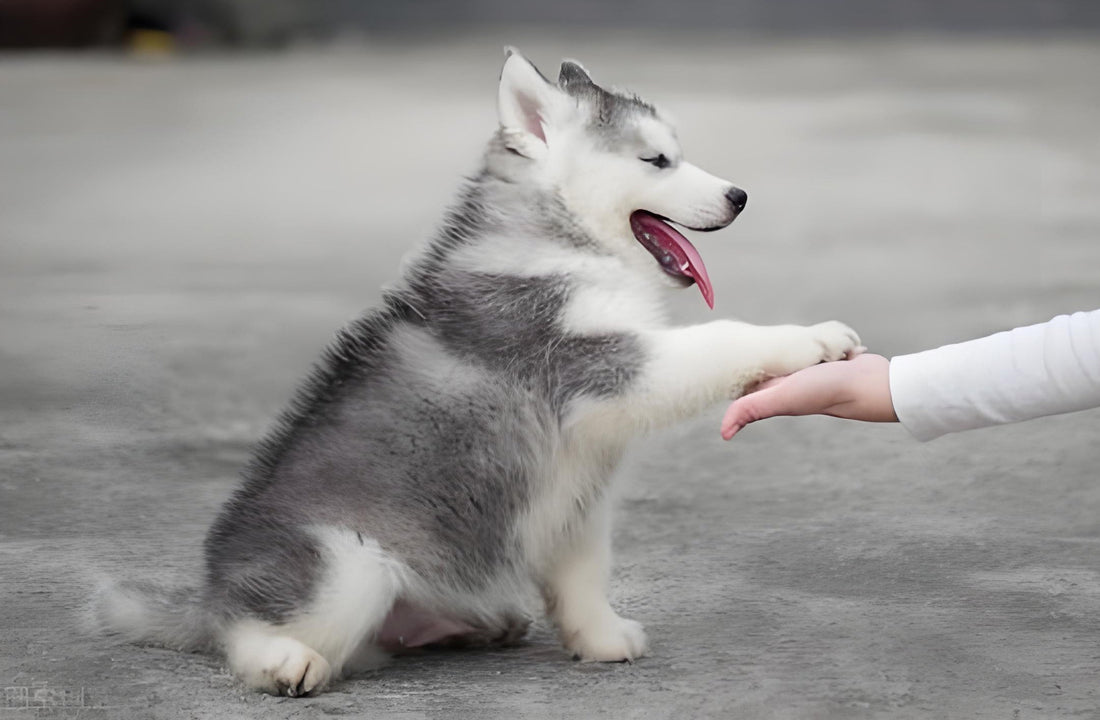
Ultimate Puppy Potty Training Guide for New Dog Parents (Step-by-Step Method, Pro Tips & Mistakes to Avoid)
Share
Struggling with puppy potty training?
Don’t worry—you’re not alone. Whether you’re raising your very first pup or just looking for a better routine, this complete guide to potty training a dog at home will walk you through a proven system that works in just 2–4 weeks.
🐶 1. Best Age to Start Potty Training a Puppy
— Ideal Training Age: 8 to 16 weeks old
— Why? This is when puppies start developing bladder control
— Golden Rule: Patience + Consistency
— Training Duration: Most puppies learn in 2 to 4 weeks
✅ 2. The 4-Step Puppy Potty Training Method
📍 Step 1: Designate a Fixed Potty Spot
— Outdoor training: Take your puppy to the same spot (grass/tree) each time. Smell cues help them understand what to do.
— Indoor training:
A. Use an exercise pen and fully line the floor with puppy pads
B. Gradually reduce the pads to one over time
🔄 Potty Pad Reduction Plan:
| Time Period | Potty Pad Setup |
|---|---|
| Days 1–3 | Full pad coverage |
| Days 4–7 | Reduce to 2/3 area |
| Week 2+ | Only 1 pad remains |
👀 Step 2: Recognize Potty Signals
Be alert for these early warning signs:
— Circling or sniffing the ground
— Whining or pawing at the door
— 10–15 minutes after eating or drinking
🎯 Timing is everything—bring them to the potty spot within 5 seconds!
🎉 Step 3: Immediate Reward Reinforcement
— After successful pottying:
➤ Give enthusiastic praise + treats within 3 seconds
— If they go in the wrong spot:
➤ Don’t yell—calmly clean it up to prevent fear-based hiding behavior
🕒 Step 4: Stick to a Consistent Potty Schedule
| Routine Time | Action Required |
|---|---|
| After waking up | Go straight to potty area |
| After meals | Wait at potty spot for 10 minutes |
| After playtime | Lead to potty spot |
| Before bedtime | Last potty chance of the day |
💡 Bladder Tip:
Max holding time = Puppy’s age (months) + 1
E.g., 3-month-old = 4 hours max between potty breaks
🧼 3. How to Handle Potty Accidents
🟥 If You Catch Them in the Act:
— Interrupt gently (e.g., clap your hands)
— Pick them up and move to the correct spot
— If they finish there, still give a treat
⏰ If You Find It Later:
— Never punish—your dog won’t understand
— Clean with an enzyme-based cleaner (removes all odor cues)
🧴 Recommended:
Nature’s Miracle Enzymatic Cleaner
🚫 Prevent Repeats:
— Spray citrus-scented deterrent on previously soiled spots
(Dogs dislike citrus)
⚠️ 4. Most Common Potty Training Mistakes
| Mistake | Do This Instead | Why It Works |
|---|---|---|
| Scolding for accidents | Ignore mistakes, reward good | Fear leads to hidden accidents |
| Using regular cleaners | Use enzyme-based solutions | Regular cleaners leave smell behind |
| Keeping pads long-term | Gradually transition outside | Adult dogs can get pad-dependent |
| Playtime right after meals | Potty first, then play | Excitement speeds digestion → accidents |
🔧 5. Advanced Challenges & Fixes
🚹 Marking Behavior (Leg Lifting)
— Common after 6 months (especially in males)
— Solution:
A. Neuter to reduce hormone-driven marking
B. Use a male dog belly band outdoors
🌧️ Rainy Day Refusals
— Set up a temporary balcony potty with artificial turf
PETMAKER Indoor Dog Potty is a good choice
👴 Incontinence in Senior Dogs
— Rule out medical causes (e.g. kidney issues, diabetes)
— Use doggy diapers at night
Recommended brand: Simple Solution
🗝️ 6. Key Success Factors
1. Time Commitment
Puppies: 6–8 potty trips/day
Adults: 3–4 trips/day
2. Odor Elimination
Always use enzyme cleaners to prevent re-marking
3. Health Monitoring
Frequent accidents could signal UTIs, especially in females
🧠 Easy-to-Remember Training Mantra:
🐾 “After meals and naps, go watch and act.
Catch signals fast, rewards must last.
Ignore mistakes, clean up well—
Potty training will go swell!
✅ In 2 Weeks, Expect 90% Success!
Stick to this plan, and your puppy will be mostly house-trained in just 14 days.
If things aren’t improving, first rule out health issues (like bladder infections or anxiety), then adjust your training method accordingly.
We have organized the necessary training content and reminders into a concise PDF form for easy use. Please check our product listing below:
Print and pin it near your puppy’s crate, on the fridge, or training station. One quick glance and you’ll know exactly what to do—no more second guessing.
